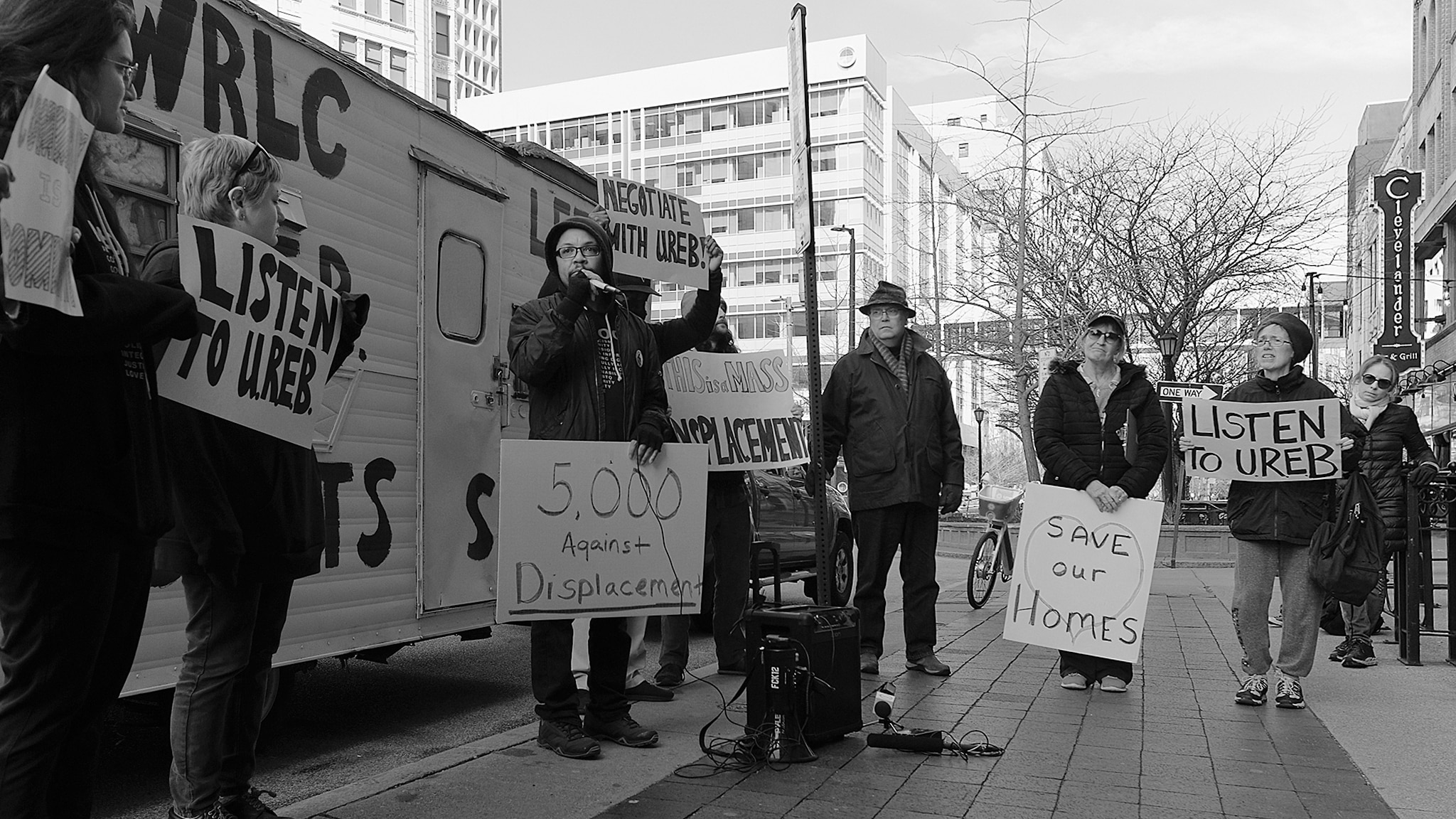After years marked by stalemate and indecision, 2012 has delivered a glimmer of hope for families and the housing market. The Justice Department kicked off the year with a historic settlement with Bank of America regarding predatory loans made by Countrywide before BoA acquired the company in 2008. Not to be outdone, 49 state attorneys general delivered the largest settlement made thus far on behalf of families who experienced wrongful foreclosure. And just last week, California’s state legislature approved a bill to end the practice known as dual track—where a homeowner’s loan modification and foreclosure are processed at the same time. Now servicers will have to suspend foreclosure while a family is being evaluated for a home-saving solution. Our community’s skepticism is warranted as we’ve heard the promises before, only to be disappointed with one failed program after another. But there is one reason to think that these latest efforts may be the precursor to true relief: elected officials finally seem to have gotten the message that voters care about housing.
In polls, voters often identify the troubled state of the economy as their top concern. Most economists agree that housing remains the biggest drag on our recovery. Eleven million homeowners owe more than their home is worth. That’s 11 million people who are keeping themselves out of the consumer economy. Some of this is a good thing; people are paying down their debt and padding their savings. But for most, that negative equity looms large over the family finances. Not only is household consumption down, but families are delaying purchases of major goods that drive our economy, such as cars and houses.
This Monday, July 9, HUD Secretary Shaun Donovan and CFPB Director Richard Cordray will speak before hundreds of Hispanic leaders at the 2012 NCLR Annual Conference in Las Vegas at 6:00 p.m. ET/3:00 p.m. PT. If you’re in town, you can join us at the Mandalay Bay (it’s free and open to the public). If you can’t be there in person, you can watch it live here. Our message is clear: Don’t quit the dream. The settlements secured earlier this year are a critical step forward, but their ultimate impact will only be realized if implemented well. This town hall is part of the Home for Good Campaign—a venue for local voters to challenge our presidential candidates on their solutions to the persistent housing slump.
For as much consensus as there is around solutions, the lack of movement from Washington is shocking. Principal reduction is widely recognized as the best way to head off an unnecessary foreclosure, thereby sparing the neighborhood one more abandoned property and keeping local taxes flowing to municipalities. Analysis of the various methods servicers use to stave off foreclosure shows that homeowners are most successful when the principal balance is written down to a value closer to what the home is actually worth. Perhaps the best evidence is that the banks and servicers are putting this strategy to work on the loans they hold on their books.
Republican candidate Mitt Romney’s solution is to let the housing market bottom out, and he and President Obama both support refinancing as way to help the market rebound. These strategies have not worked so well for Latino families in hot foreclosure states like Florida, Nevada, California, and Arizona, where home values may be as little as 50 percent of what they were a few years ago. During another session at the NCLR annual conference, we will share data that shows that Latinos accounted for only 4.2 percent of all refinancing loans originated in 2010, while whites accounted for 87 percent. Meanwhile Fannie Mae and Freddie Mac overseer Ed DeMarco continues to be the major obstacle preventing implementation of the best tool for restoring housing stability—principal reduction.
The hope is that with robust implementation of the 49-state AG settlement, the evidence for principal reduction will grow. Most of us are not content to wait that long. Voters in California showed they can persevere—the bill had failed three times before—when they stand up and let their elected officials know what they want. Now it’s time to deliver that kind of success to other states. Here is what you can do: Tell the presidential candidates you want to see better solutions now. Join us at the Don't Quit the Dream town hall or follow us on Twitter at #NCLR12 to get your side of the story on the public record. Together we can make 2012 the year to turn around the housing market.




Comments